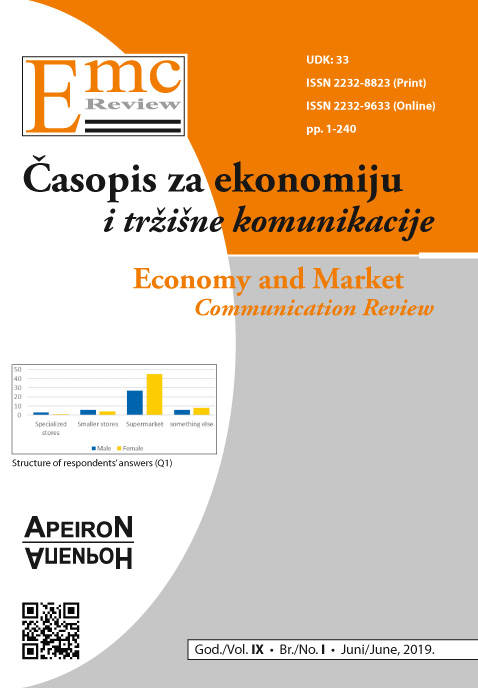THE IMPACT OF DEMOGRAPHIC TRENDS IN THE FEDERATION OF BOSNIA AND HERZEGOVINA ON HIGHER EDUCATION, LABOUR MARKET EFFICIENCY AND INNOVATION
DOI:
https://doi.org/10.7251/EMC1901171OAbstract
The demographic changes and trends notable in the Balkan countries hit Bosnia and Herzegovina as well. Migration of the population is the result of economic stagnation and living standards far below the EU average. For this reason, the number of the working-age population seeking to move to Western Europe countries is raising. The first aim of the research is to predict the demographic trends expected by the year 2050, using demographic data from the last thirteen years. In addition to this, the aim is to analyze how demographic changes affect higher education and training, labor market efficiency, and innovation. Comparing these variables with population trends, this paper identifies if there is a correlation between them. The research is based on hypothesis that there is a correlation between the country’s competitiveness pillars and demographic trends. The hypotesis is tested using statistical methods. Current demographic trends, along with other factors, have an impact on the weakening of the competitiveness of Bosnia and Herzegovina. One of the reasons could be that demographic changes are mainly related to the young and working-age population, as valuable human capital of the country.Downloads
Published
2019-06-06
Issue
Section
Чланци
